Report / Milan
Breaking tradition
Facing the same struggles as other global media brands, Milan’s publishing titans are slimming down and coming up with agile ways to remain relevant to today’s audiences.
When taking stock of Milan’s media landscape, a general rule of thumb to apply is that the content improves the closer one moves towards the city centre. For starters, a drive on the city’s eastern ring road brings into view the transmission tower of Mediaset, the country’s biggest commercial broadcaster, founded by former prime minister Silvio Berlusconi.
Based in the suburbs, the billionaire media mogul’s TV network helped catapult him into the public spotlight thanks to a diet of foreign TV programmes and a large dollop of variety shows laced with dancing showgirls in skimpy kit. Today the leggy women have, for the most part, exited the stage, as the network serves up plenty of Hollywood films and reality TV series such as Celebrity Survivor in primetime.
Another on the outskirts of town is media baron Rupert Murdoch, by way of his pay-TV unit Sky Italia. Set in a ho-hum office complex, it tempts domestic viewers with quality fare from overseas (The Killing and House of Cards series to name just two), a team of presenters at its 24-hour news channel and blanket coverage of all things football on Sundays.
Once within the city limits you come across independent TV channel La7 and its studios hosting engaging political debate and talk shows (see Q&A on page 189). And given Milan’s status as the nation’s media hub – publishers, advertising agencies and more than half a dozen news dailies are headquartered here – even state broadcaster RAI from Rome has a foothold here.
The bar gets raised higher when you enter the premises of financial daily Il Sole 24 Ore. Housed in a sober-looking building by Renzo Piano, staff at Italy’s third-biggest newspaper are bathed in natural light and the transparent cube that hosts editorial meetings takes a page from Apple’s retail-design book.
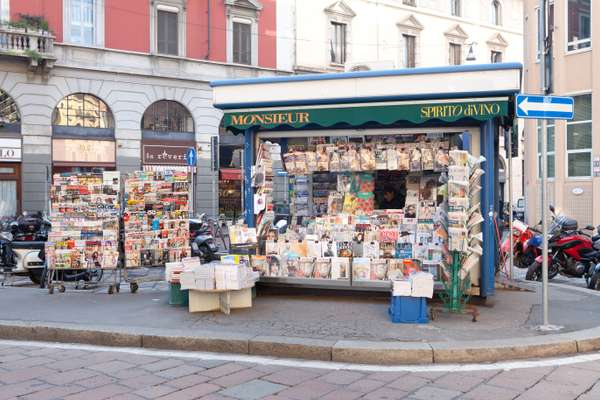
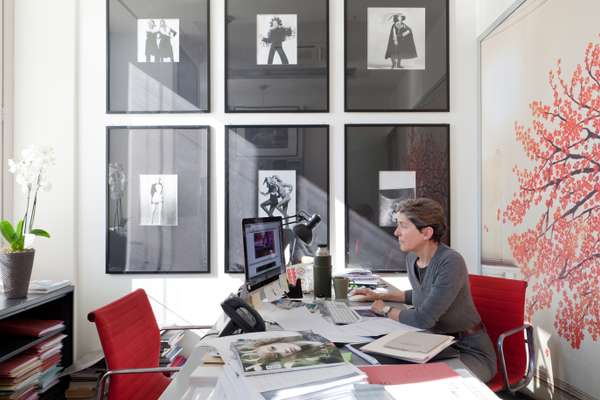

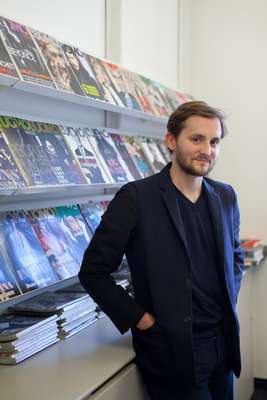
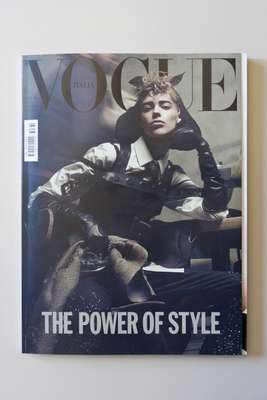

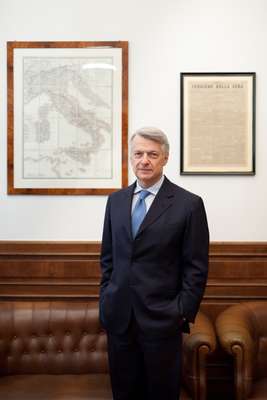
Owned by the country’s employers’ association Confindustria, the portfolio extends to radio, periodicals and a side business that involves putting on major art exhibitions in Milan and other Italian cities, together with the printing of the respective catalogues. “It’s a well-oiled machine,” says Christian Rocca, editor in chief of Il, the paper’s monthly magazine, as he gestures to the offices of the Il Sole group surrounding him from his perch on the third-floor.
Standing over his desk littered with back issues, Rocca carefully flips through the mock-up of the March issue that is getting ready to be shipped to the printers. There’s a look of satisfaction as he points out the number of ad pages from luxury and fashion brands. “It’s a good sign. Things may be starting to come around.”
In line with worldwide trends, print media in Italy has been hit by shrinking advertising. Since 2010, Italian periodicals alone have seen €1bn of revenue go up in smoke. Notwithstanding the tough market, eye-appealing editorial endeavours have emerged on Milanese newsstands of late, including last year’s launch of quarterly football magazine Undici, born from a partnership with fellow new entry Studio.
For its part, Il, with a print run of 120,000, has earned awards for its innovative design. Each issue is filled with sharp infographics, attractive fonts and ever-changing front-of-book sections on pop culture, together with big think pieces on the fight against jihadism and essays penned by the likes of Matteo Renzi and Tony Blair. “There’s space for quality,” says Rocca. “We have a readership that actually is younger than the typical Il Sole newspaper reader, lots of creative types: people in fashion and design. You need to find that niche today.”
A one-time foreign correspondent in New York, Rocca’s return to head up Il in 2012 left him with a slight culture shock over how each country’s media operates. “In the US, journalists keep more distance between themselves and the subjects they cover. Here, reporters often frequent the same circles as entertainers, writers, politicians.”
One title known for keeping close ties with the industry it follows is Vogue Italia. The ad-heavy glossy has a readership of a million and its influence is felt far and wide. That’s mainly due to arresting images from its elite stable of photographers, many of whose snaps of of-the-moment supermodels from past editions line its office corridors.
In charge of keeping layouts fresh month after month is art director Luca Stoppini, who despite a clutter-strewn office manages to deftly produce four editions simultaneously as the title has men’s, home interiors and jewellery editions to boot. “You need to find a certain rhythm for the issue, find the right pace for the reader as they flip through the images,” says Stoppini, as he multi-tasks on screen jumping from Casa Vogue to Vogue layouts.
The vibe at Vogue is less fashionista and more hard-nosed journalist, with staff doing logistic work to book multiple fashion shoots in foreign capitals and schlepping 20kg bags of clothes and accessories on site. Staff have to manage on a reduced work week since publisher Condé Nast Italy, together with rival Mondadori, the book and magazine house owned by the Berlusconi family, have looked to trim titles’ budgets without cutting staff.
Another familiar with the challenges facing print is Corriere della Sera editor in chief Ferruccio de Bortoli. In his office at the paper’s newsroom in the city’s Brera district he projects the figure of a sober Milanese businessman and in his analysis of the current state of the media doesn’t pull any punches. “Journalists were a privileged group before. The way we use to work has changed. We’ve become prisoners of the web and homeless due to social media.”
On his second stint running Italy’s leading newspaper, De Bortoli’s response has been to beef up Sunday’s cultural offering with a revamped insert, La Lettura, borrowing from the paper’s glorious past, and last year he slimmed the paper to a Berliner format.
To face down the doomsayers, he sees the need for more investigative journalism to attract information-starved readers but admits it will be hard to get them to fork out money for it. “Online the model has been to give it away for free,” says De Bortoli, who announced he’s leaving his post later this spring. “People have to understand that a lot of hard work goes into this.
We need to expand the offering but make sure that there’s a price attached to it.”


